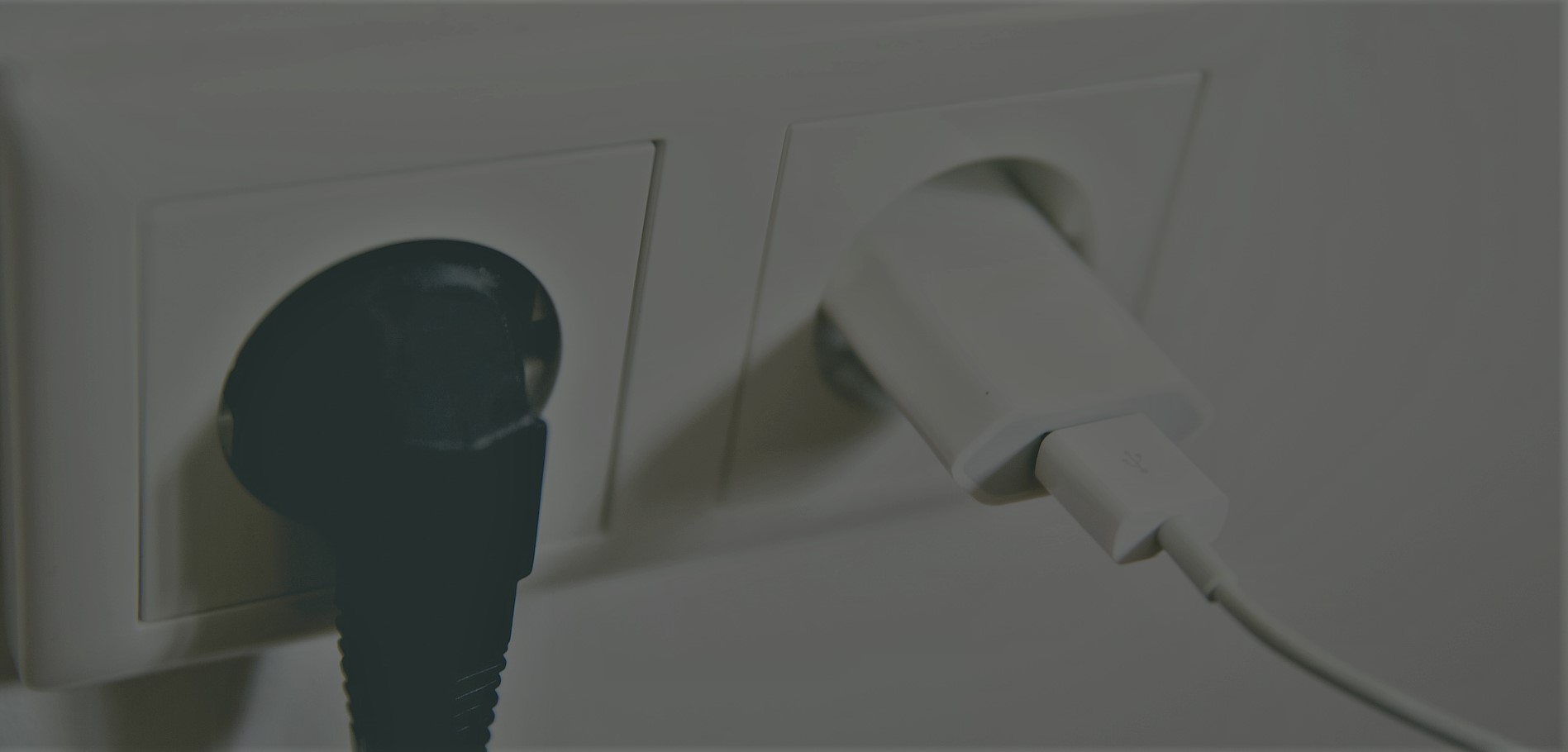What is reactive maintenance?
Reactive maintenance, often referred to as breakdown maintenance refers to the process of repairing equipment that has already broken down. It aims to restore the equipment so that it returns to its normal working state. Reliable machinery that is available as and when it is required is a necessity for most industries, but in the event of failure, it can be disastrous causing a major backlog and time delays.
While the initial costs of reactive maintenance can be low, over time they can develop into costly repairs and the downtime of the equipment can also result in lost revenue. When performed under the right circumstances, reactive maintenance can be effective. For example, you may have a machine that doesn’t play a crucial role in daily operations so the loss of this machine will not be hugely impactful on the daily activity of the business.
Instead of performing maintenance on a scheduled basis, it is conducted when the repairs are required. Although this form of maintenance is feasible, it isn’t a recommended long term solution, particularly for valuable assets.
What does it involve?
There are four different types of reactive maintenance; breakdown maintenance, run to failure maintenance, corrective maintenance and emergency maintenance.
Breakdown maintenance is not planned or scheduled and occurs when the equipment breaks down suddenly and refuses to operate. The machinery will either require extensive repairs or replacement. As this maintenance is urgently needed because the failure of the machine was not prepared for, it can affect the run time of the business. Backup equipment is preferable because it allows the business to resume functioning in some capacity while the machinery is being tended to.
Emergency maintenance is very similar to breakdown maintenance because it hasn’t been planned for, but it is rather a sudden response to a breakdown of equipment. This is typically carried out on machinery or equipment that is vital to the company’s production. Often this maintenance is carried out on machinery that presents a risk to the health and safety of the personnel who are using it. The need for such maintenance can be avoided by conducting planned or preventive maintenance which can pinpoint potential issues before they develop into emergencies.
Corrective reactive maintenance is conducted on faulty parts that are noticed when other parts of the machine are being repaired. As such, maintenance is carried out before it presents the risk of breaking down completely. It can also be identified during production and acted upon then rather than waiting for the machine to fail. Depending on where the defective mechanism is positioned, the repairs can be carried out when the machine is still operating.
Run to failure maintenance is pretty self-explanatory. Unlike the other types of reactive maintenance, this is planned. In this instance, the machinery has intentionally been set to run until it breaks down. Because it has been planned for, it can be conducted without causing significant disruptions to the company’s production. The replacement parts are often already purchased so that they are available and ready for when the machinery breaks down. This form of maintenance allows businesses to implement a plan so they don’t experience significant disruptions.
What are the benefits of reactive maintenance? Why does it matter?
As with any type of maintenance, there are benefits and drawbacks associated with reactive maintenance, but there are many instances where this maintenance matters.
In comparison to other maintenance methods, the initial costs of reactive maintenance tend to be lower. The maintenance is only carried out when it is needed, rather than when the machine is still running and this will help to lower costs.
You also do not need to plan for this maintenance ahead of time because it is carried out when it is required. It also means that resources aren’t used for fixing machinery or equipment until it is necessary. Due to the unpredictability of the machinery breaking down, it requires attention when it is needed so you don’t need to have a thorough plan in place some time beforehand.
Another benefit of reactive maintenance is that you do not have to allocate staff for carrying out weekly inspections or planned maintenance of the equipment when there aren’t any significant issues to rectify, instead, you are only using personnel for this task as and when it is required.
Need reactive maintenance?
AMS Solutions offer reactive maintenance services in Manchester and the North-West. If you are currently dealing with an electrical breakdown, please contact our team and we will be more than happy to assist!
